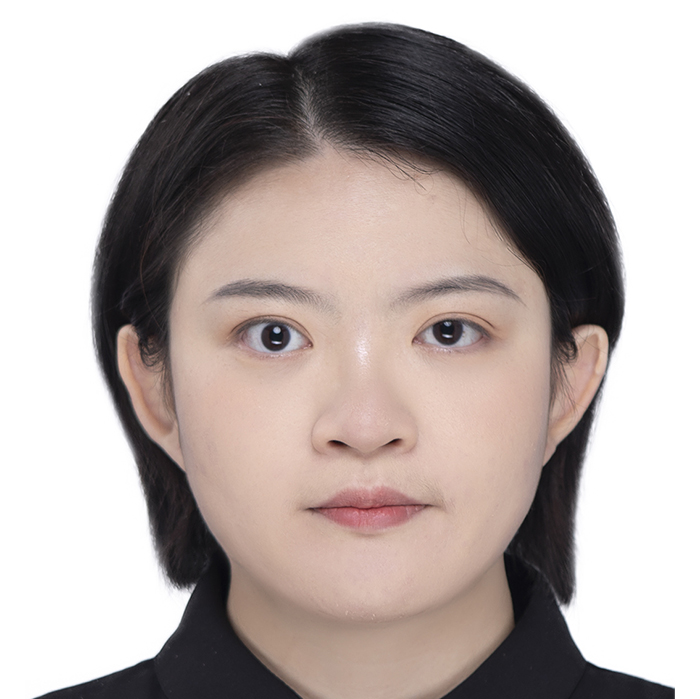
Qianyu Ye
Research Associate
University of New South Wales
I am Qianyu Ye, an excellent and talented researcher, who is able to proactively develop independent scientific research and international collaboration for my projects. During my masters at the University of Melbourne, I had published three papers on polysacchrides and plant proteins in high impact journals (Soft Matter and RSC Advances). During my PhD at Monash University, I had published four research papers in prestigious journals (top 1% the Food Science), including a paper in Trends in Food Science and Technology, and three papers in Food Chemistry. Part of my PhD was conducted at our collaborator’s lab at Soochow University, enabling me to access state of the art facility for an in vitro human digestion system. I have presented my works at international conferences, including the International Congress on Engineering and Food in Melbourne, and the Australia-China Joint Research Centre in Future Dairy Manufacturing Symposia in Beijing and in Suzhou.
Visual monitoring and component analysis of tablet medication during dissolution testing by a Low-Field Nuclear Magnetic Resonance device
Compared to traditional drug release monitoring with manual sampling and testing procedures, Low-Field Nuclear Magnetic Resonance (LF-NMR) imaging is a one-step, visual, non-destructive, and non-invasive measurement method. Here, we reported the application of LF-NMR to image the morphology, component, sub-diffusion, and spatial distribution of a solid oral formulation, Biyankang tablets, during dissolution in vitro. The drug ingredients with characteristic relaxation times were identified and localized based on the signal of standards, including patchouli oil, Xanthium strumarium extract, starch, etc. The hydration, swelling, disintegration, and sub-diffusion of tablets in simulated gastric fluids (SGF) were visualized statically and semi-quantitatively. All tablets showed similar expansion (21.6%-27.1%) along the direction of thickness at 25 min and reached full disintegration at 145 min, at pH 1.80-6.15, indicating pH-independent swelling and disintegration. Compared to that static immersion within 20 mL SGF, the tablet dissolution time was shortened by ~11% in 30 mL SGF. The application of shear reduced the time by ~28%, suggesting a major role of hydrodynamic condition in tablet dissolution. The ability to simultaneously visualize, identify, and localize drug ingredients using LF-NMR is expected to provide valuable information to develop drug release monitoring systems in vitro and potentially in vivo using small animal studies